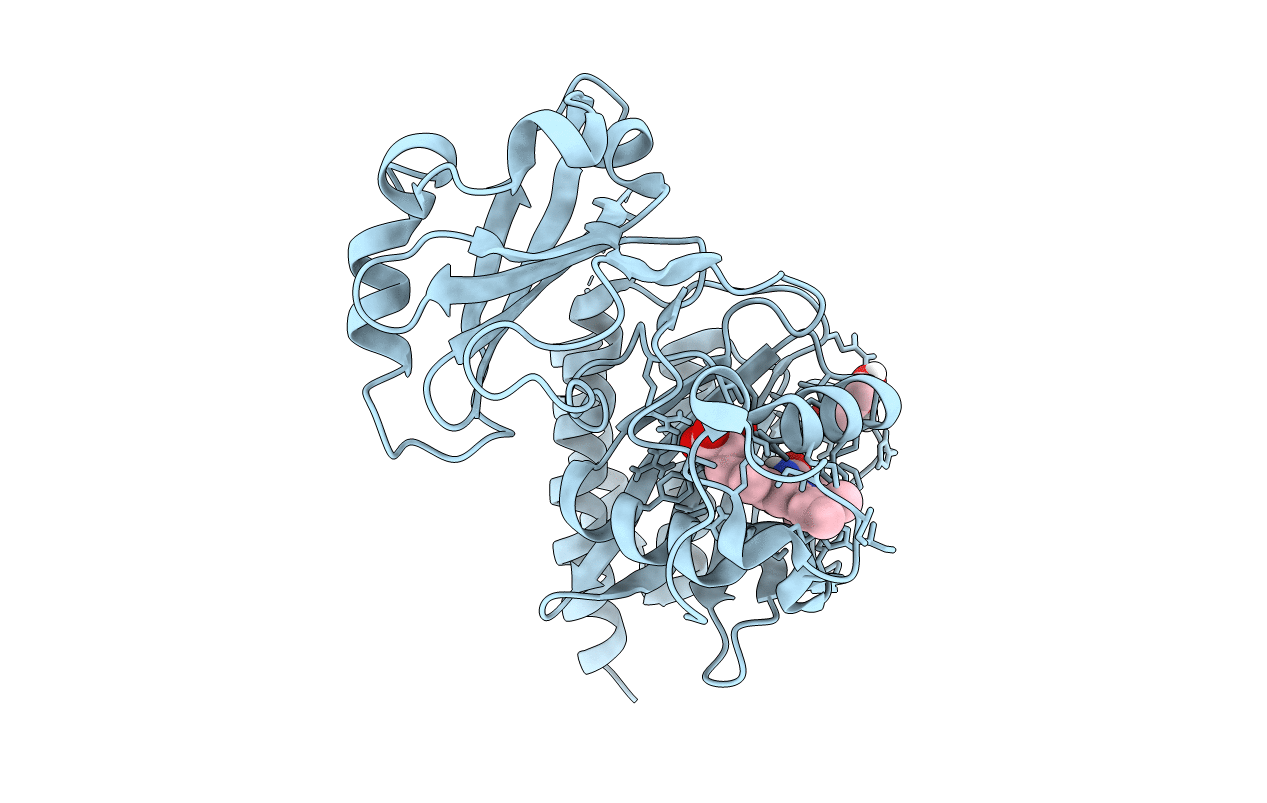
Deposition Date
2011-05-26
Release Date
2011-12-21
Last Version Date
2023-09-13
Entry Detail
PDB ID:
3S7O
Keywords:
Title:
Crystal Structure of the Infrared Fluorescent D207H variant of Deinococcus Bacteriophytochrome chromophore binding domain at 1.24 angstrom resolution
Biological Source:
Source Organism:
Deinococcus radiodurans (Taxon ID: 1299)
Host Organism:
Method Details:
Experimental Method:
Resolution:
1.24 Å
R-Value Free:
0.17
R-Value Work:
0.15
R-Value Observed:
0.15
Space Group:
C 1 2 1


